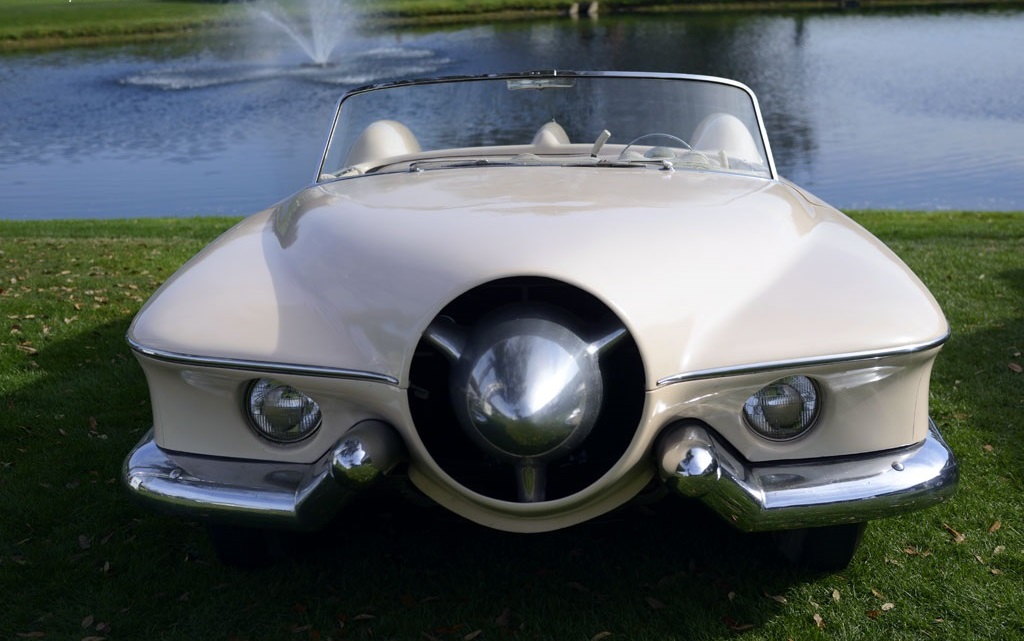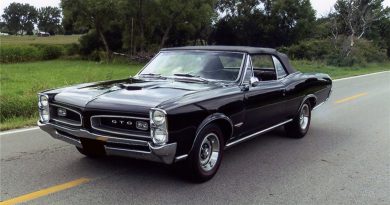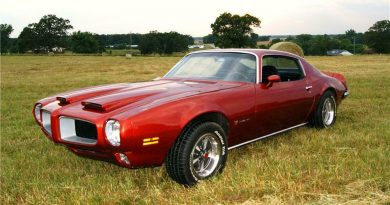1951 Studebaker Manta Ray
In 1951, Glenn Hire and Vernon Antoine debuted their space-age inspired concept car – the Manta Ray – in Los Angeles, California.
Soon after the debut of their car Bob Yeakel purchased it and began working with Glenn and Vernon to offer the Manta Ray to the public as a limited production car.
It had a futuristic body design that was clearly influenced by aircraft styling and engineering. It was constructed of aluminum and lightweight cast magnesium and was used by the company as a rolling engineering laboratory. It had fuel injection, a chrome molydenum frame, a rain-activated folding top, a jet-like air intake, and prominent tail fins.
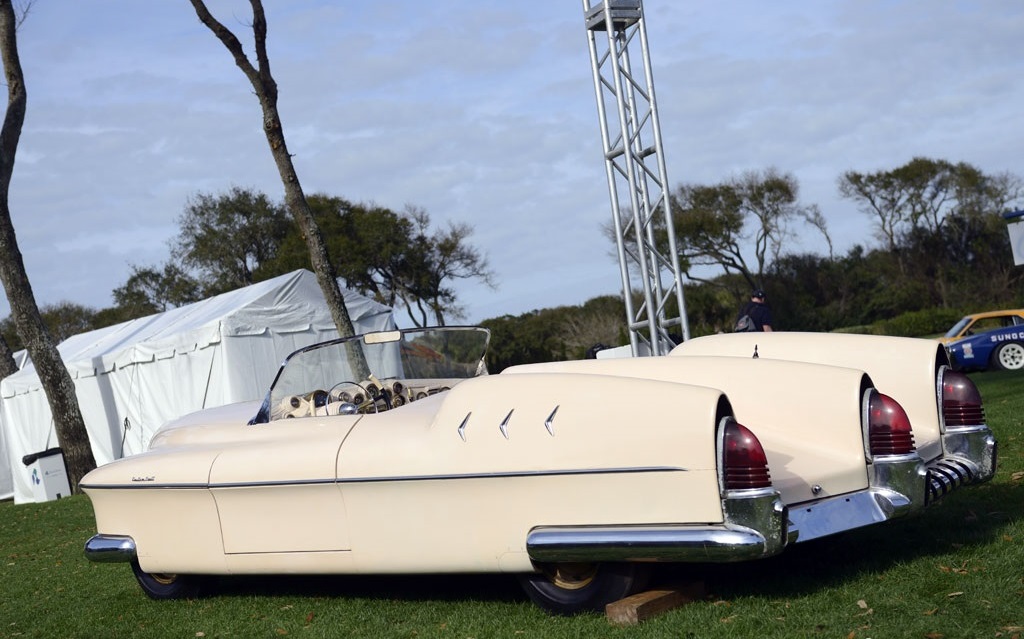
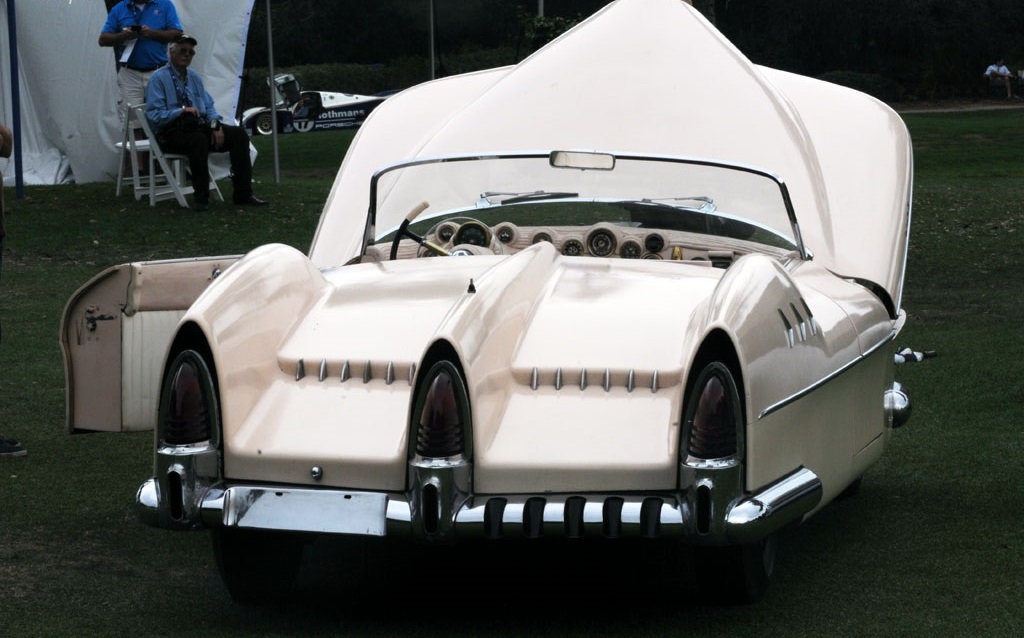
The Buick LeSabre Concept inspired the birth of another concept, the Manta Ray built by Glen Hire and Vernon Antoine of Whittier, California. This was a tremendous endeavor and would consume over 4,000 hours of work to complete. Both individuals worked for the North American Aviation Company in the engineering and design department of the guided missile and jet aircraft divisions. Using a backyard garage as their workshop, they sourced a 1951 Studebaker Commander to serve as the basis for their concept. The stock body was removed and was replaced by a three-seater roadster body made entirely of fiberglass, molded in 14 sections. The Studebaker engine and drivetrain were retained, the frame side rails were shorted by three inches, the taillights were from a Lincoln, and the bumpers were custom made from Hudson parts. The fuel tank filler neck could be found concealed behind the center tail light. The exterior was painted a metallic golden color. The interior featured Stewart-Warner instrumentation with a Plymouth speedometer arranged around a 1953 Lincoln steering wheel.
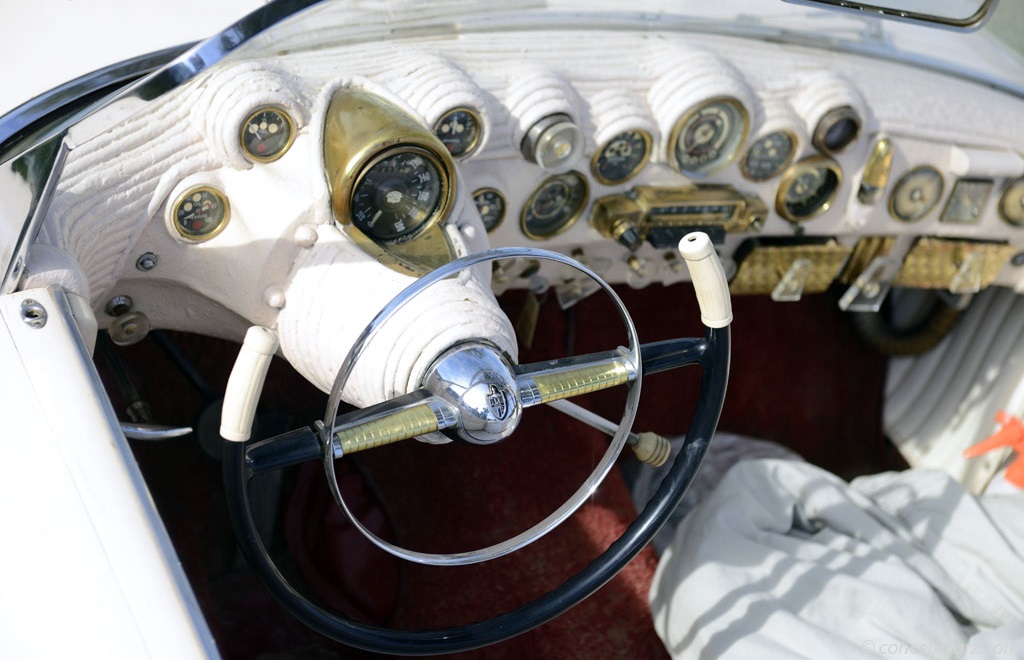
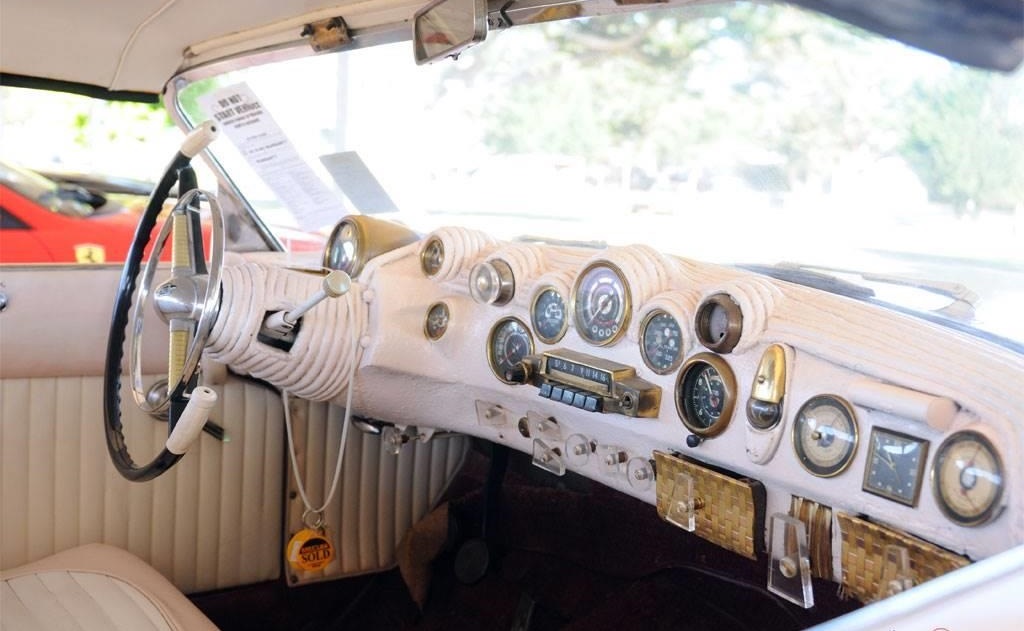
The showing of the Manta Ray at the 2016 Amelia Island Concours d’Elegance marks the first time in over 60 years it has appeared in public.

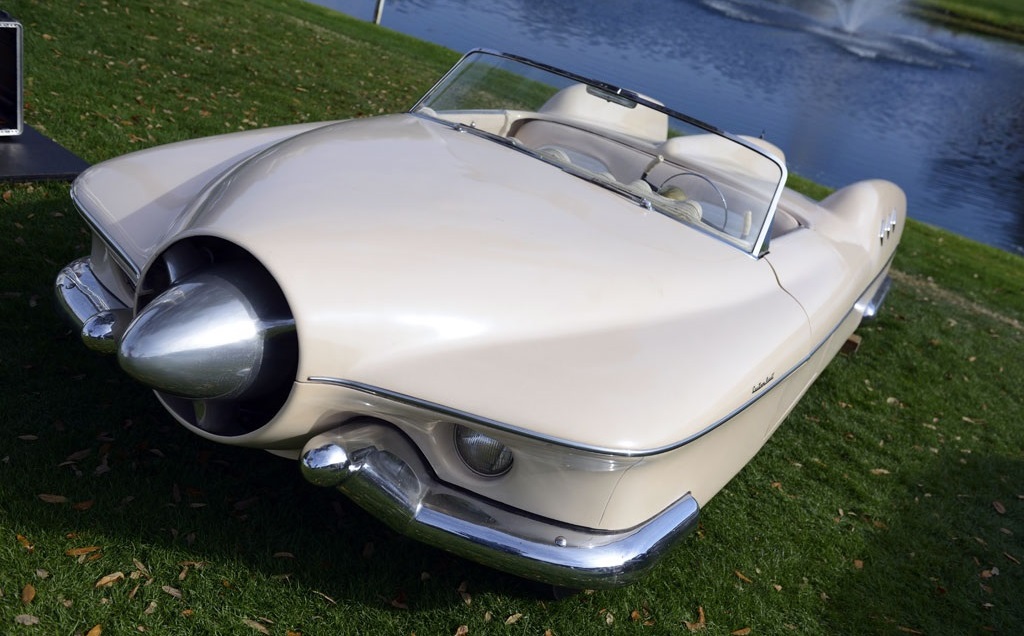
There were plans to create additional examples of the car, but only one would ever be built.
